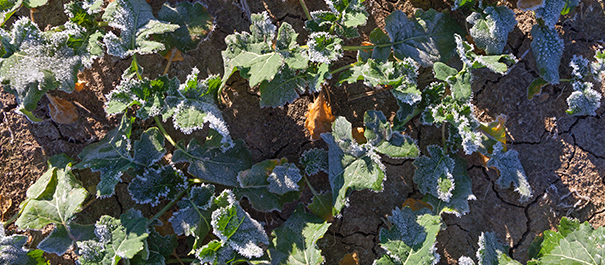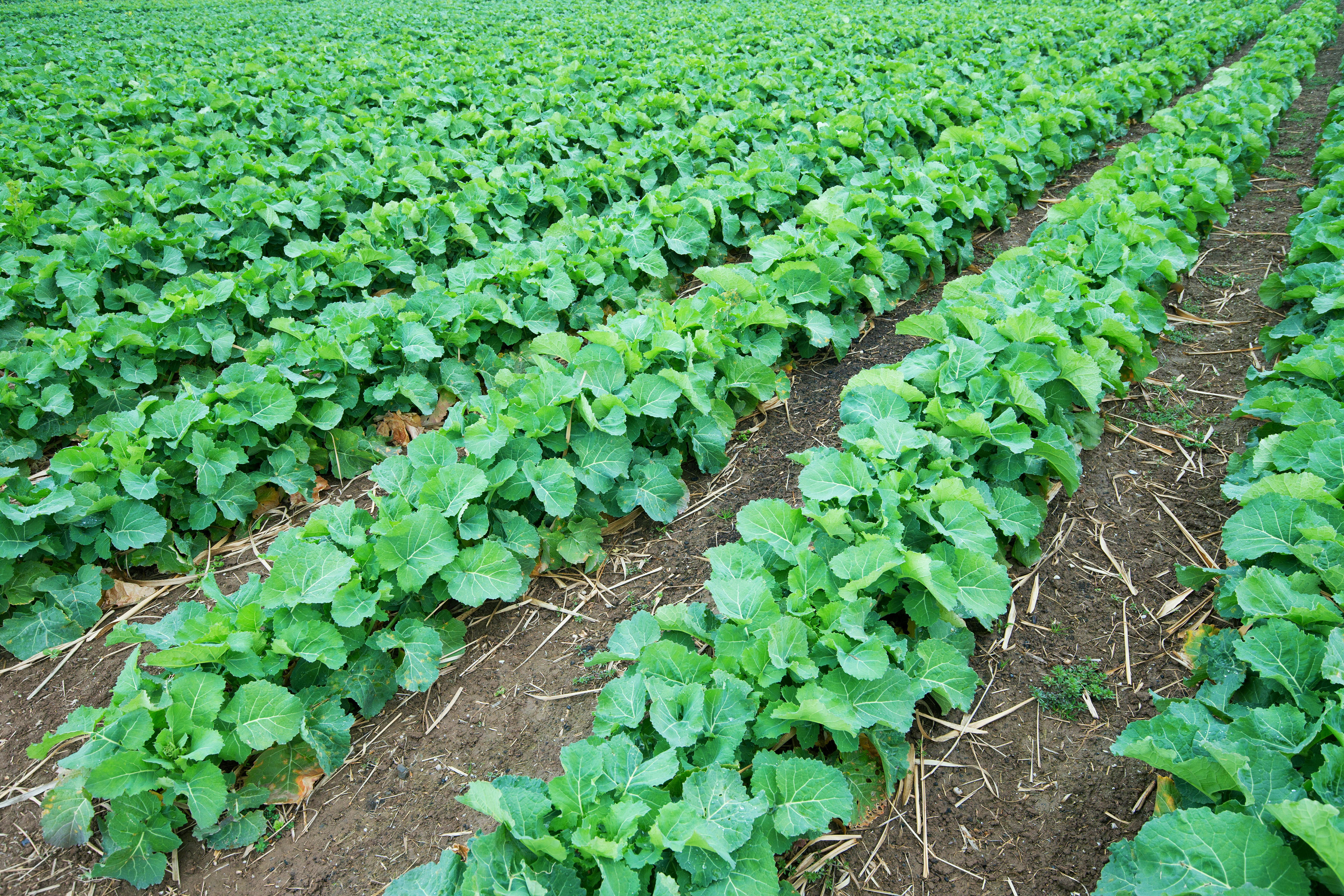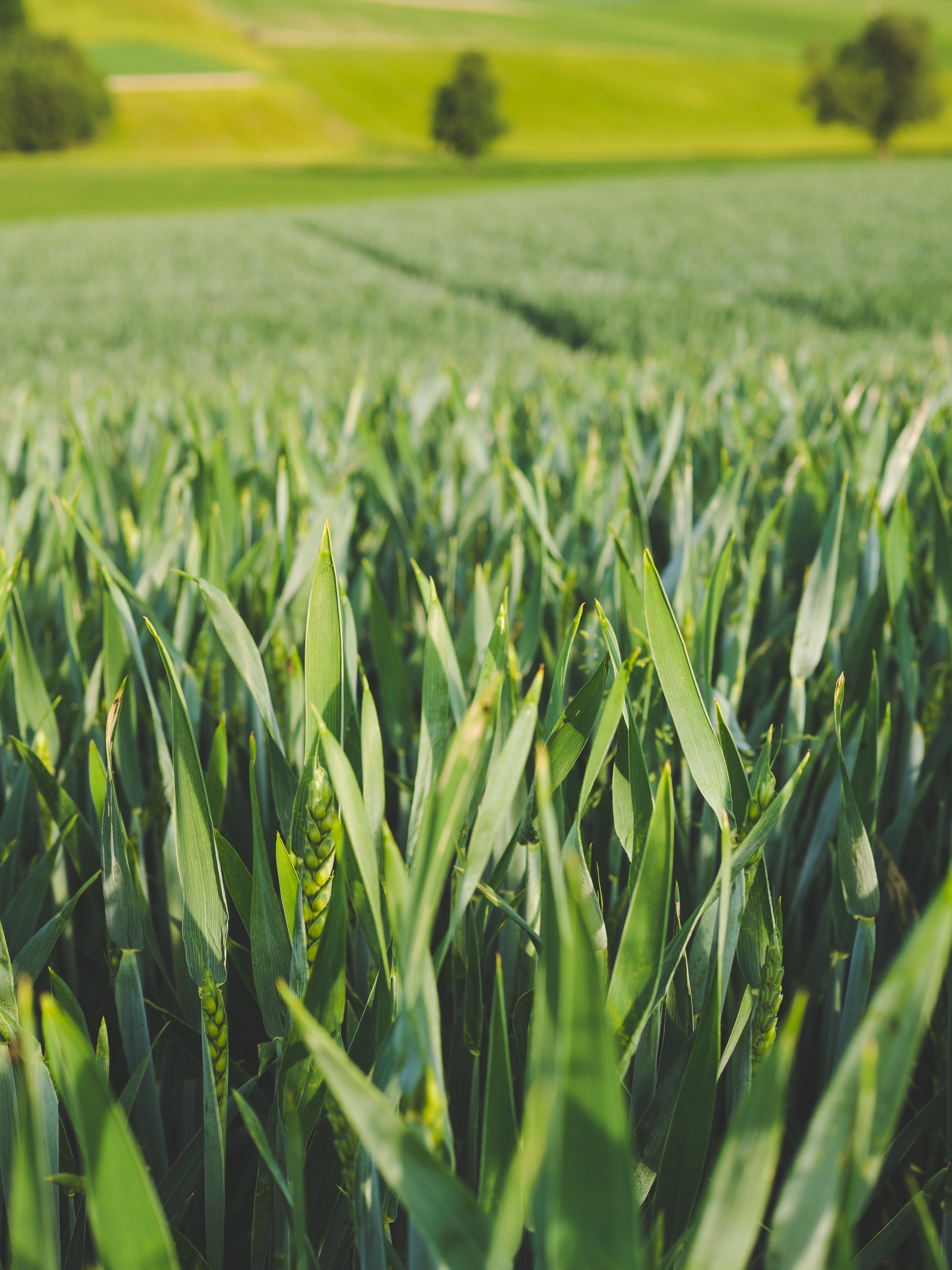Vielen Dank!
Wir haben Ihre Registrierungsanfrage erhalten und senden Ihnen in Kürze eine E-Mail zur Bestätigung Ihrer E-Mail-Adresse.
Schließen Sie bitte die Registrierung ab, indem Sie auf den Link in dieser E-Mail klicken.
Datenschutzrichtlinien
Administrator Ihrer persönlichen Daten ist die LAT Nitrogen Austria GmbH, (gdpr@lat-nitrogen.com). Genaue Informationen zur Verarbeitung Ihrer persönlichen Daten finden Sie in unseren Datenschutzrichtlinien. Diese Informationen senden wir Ihnen darüber hinaus in der Bestätigungs-E-Mail zu Ihrem Newsletter-Abonnement.
Bitte bestätigen Sie, dass Sie die Datenschutzrichtlinien gelesen haben, sowie die allgemeinen Nutzungsbedingungen und diese zustimmend zur Kenntnis nehmen, bevor Sie fortfahren.
Womit können wir Ihnen sonst noch helfen?
Wir würden Ihnen gerne Informationen zu unseren Top-Angeboten, neuesten Produkten und Dienstleistungen per E-Mail zusenden. Wir werden Ihre persönlichen Daten sorgfältig behandeln. Wir werden Ihre Daten niemals an Dritte verkaufen. Indem Sie folgende Kästchen aktivieren, stimmen Sie dem Erhalt von Marketing-Mitteilungen der LAT Nitrogen Austria GmbH zu.
Sie können Ihre Meinung jederzeit ändern. Klicken Sie dazu auf den Abmelde-Link in der Fußzeile einer unserer E-Mails oder schreiben Sie uns an gdpr@lat-nitrogen.com.
Vielen Dank!
Wir haben Ihre Registrierungsanfrage erhalten und senden Ihnen in Kürze eine E-Mail zur Bestätigung Ihrer E-Mail-Adresse.
Schließen Sie bitte die Registrierung ab, indem Sie auf den Link in dieser E-Mail klicken.
Registrierung war nicht erfolgreich.
Ihre E-Mail-Adresse ist bereits registriert
oder es ist ein Serverfehler aufgetreten.







Raps bevorzugt wie Weizen mittelschwere Böden und einen möglichst neutralen pH-Wert. Auf Grund seiner stark ausgeprägten Pfahlwurzel ist er für viele Standorte, auch jene mit trockeneren und leichten Böden geeignet.
Für einen optimalen Ertrag braucht Raps 500 – 600mm Niederschlag und eine Temperatursumme von ca. 2 600°C. Eine ausreichende Kaliversorgung im Herbst verbessert die Frosthärte.
(Einheit/t der Produktion)
(Einheit/t der Produktion)
N
70
43
Sehr empfindlich
P2O5
14.6
12.5
Empfindlich
K2O
25.1
8.5
Sehr empfindlich
MgO
4.3
3.5
Empfindlich
SO3
18
7.1
Sehr empfindlich
TE
500-1000g/ha Bor (B), geteilt und kombiniert mit Pflanzenschutz im Herbst und Frühling; 15-25g/ha Molybdän (Mo)
Herbstdüngung

Erste Applikation Frühjahr

Zweite Applikation Frühjahr

Herbstdüngung – die wichtigste Düngung: Raps braucht ein Drittel seiner Nährstoffe bereits im Herbst. Hier kann Wirtschaftsdünger bestens verwertet werden. Sämtliche Ertragsanlagen (Blüten in den Seitentrieben) werden bereits im Herbst angelegt. Im Optimalfall besteht die Pflanze vor der Winterruhe aus 8 – 12 Blättern und hat eine kräftige Pfahlwurzel (> 1 cm Wurzelhalsdurchmesser) als Regenerationsorgan ausgebildet, um im Frühjahr möglichst rasch mit dem Wachstum zu starten. Eine gute Winterhärte wird durch eine ausreichende Kaliumversorgung gewährleistet. Anders als viele Herbstkulturen darf Raps, unabhängig von Vorfrucht und Saattermin, auch mit Stickstoff gedüngt werden. Müssen noch Erntereste der Vorfrucht abgebaut werden, kann der Boden oft nicht ausreichend Stickstoff nachliefern. Eine unangemessen hohe Herbstdüngung lässt den Bestand überwachsen, was zu einem Abheben des Vegetationskegels der Pflanze und damit zu einer massiven Einschränkung der Winterhärte führt.
Finden Sie mit NutriGuide® den besten Dünger für Ihre Bedingungen.
Andüngen im Frühjahr zum Vegetationsbeginn: Die erste Gabe zu Vegetationsbeginn dient der Regeneration der Blattrosette und fördert die bereits angelegten Blatt- und Blütenanlagen am Vegetationskegel. Neben der Bildung von Blütenknospen in den Seitentrieben unterstützt sie das Längenwachstum des Haupttriebes und die spätere Verzweigung der Pflanzen. Schwach entwickelte Bestände mit weniger als 6 Laubblättern erfordern eine betonte Andüngung, während kräftig entwickelte Pflanzen bereits mehr Nährstoffe im Herbst aufgenommen haben und daher verhaltener angedüngt werden. In jedem Fall gilt: NPK mit Schwefel bzw. ein Stickstoff+Schwefel-Dünger bringt Mehrerträge im Vergleich zu einer Andüngung nur mit Stickstoff. Die Höhe der N-Gabe zu Vegetationsbeginn richtet sich nach dem Entwicklungszustand der Rapspflanzen. Ein Bestand mit 30 Pflanzen/m², die 12 Laubblätter ausgebildet haben und einen Wurzelhalsdurchmesser von 15 mm aufweisen, hat bereits 100 – 130 kg N/ha aufgenommen, während Pflanzen mit 8 Laubblättern und 10 mm Wurzelhalsdicke bei derselben Bestandesdichte etwa 40 – 50 kg N/ha aufgenommen haben. Bei schwach entwickelten Beständen wird die Frühjahrsdüngung deutlich stärker als die 2.Gabe ausfallen – 80 bis 100 kg N/ha haben sich hier zur Andüngung bewährt. Die gut entwickelten, Bestände sollen zumindest 50 – 70 kg N/ha als Startgabe erhalten.
Finden Sie mit NutriGuide® den besten Dünger für Ihre Bedingungen.
Ende März soll die zweite und letzte Frühjahrsdüngung fallen. Diese fördert das Längenwachstum der Seitentriebe. Sie stellt die Stickstoffversorgung zur Blüte und der späteren Fruchtbildung sicher, damit ein hoher Schoten- und Kornansatz realisiert wird. Bis zur Blüte nehmen die Rapsbestände ca. 75 % der Gesamtstickstoffmenge auf. Da bei den noch niedrigen Bodentemperaturen mit keiner nennenswerten Nachlieferung zu rechnen ist, soll die zweite Gabe rechtzeitig vor dem Erscheinen der Blütenknospen am Haupttrieb fallen – die Pflanzen sind jetzt 15 – 25 cm groß. Die Höhe der letzten Stickstoffdüngung richtet sich nach der bisher verabreichten Menge. Bestände, die ausreichend entwickelt über den Winter gegangen sind und daher niedriger angedüngt wurden, erhalten die Hauptstickstoffmenge im Frühjahr zur zweiten Gabe. Im Frühjahr schwach entwickelte oder spät angedüngte Bestände erhalten hingegen etwa 2/3 der N-Menge im Frühjahr zur ersten und 1/3 der N-Menge zur zweiten Gabe. Eine ausreichende Kaliversorgung ist hier von großer Bedeutung, die Pflanzen nehmen jetzt täglich bis zu 7 kg/ha Kalium auf.
Finden Sie mit NutriGuide® den besten Dünger für Ihre Bedingungen.
LAT Nitrogen Austria GmbH
St.-Peter-Straße 25
4021 Linz, Österreich